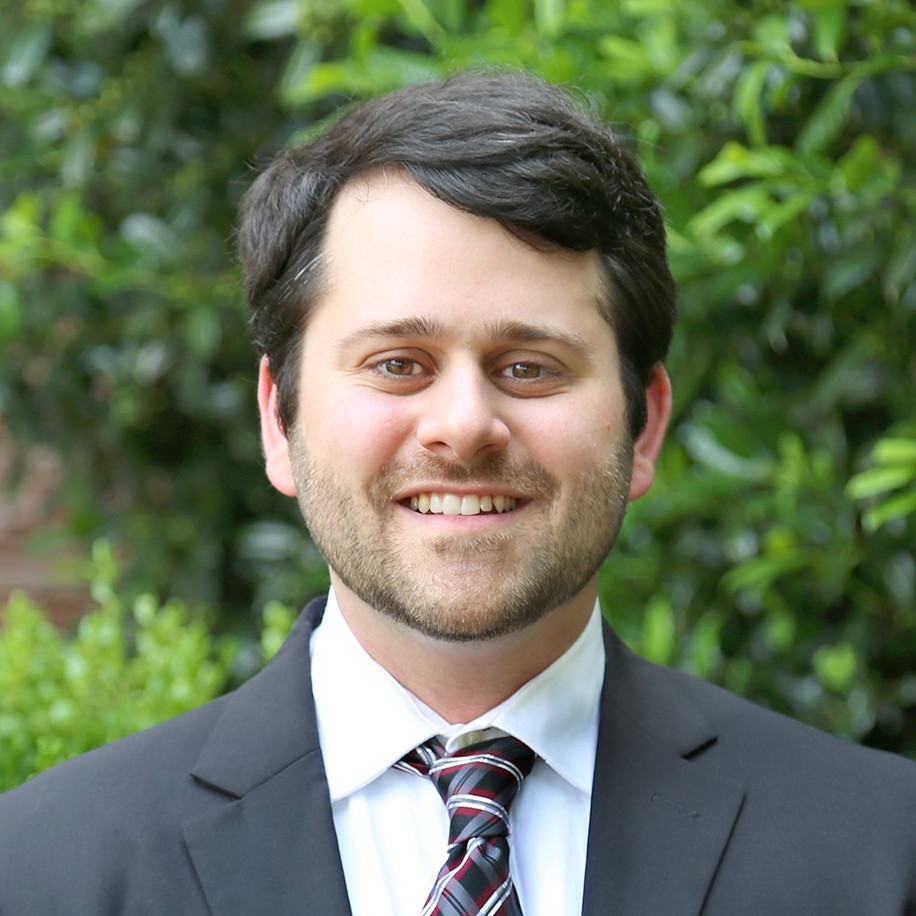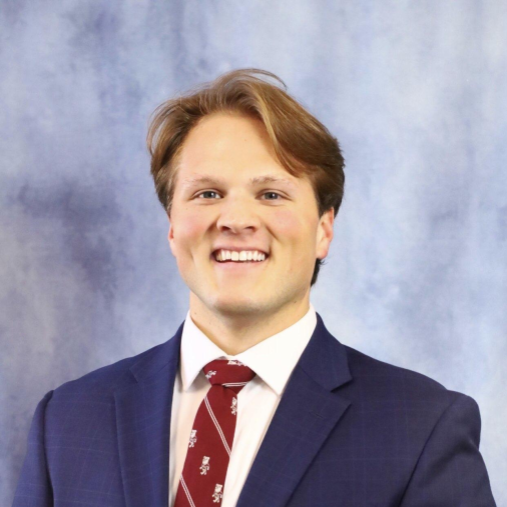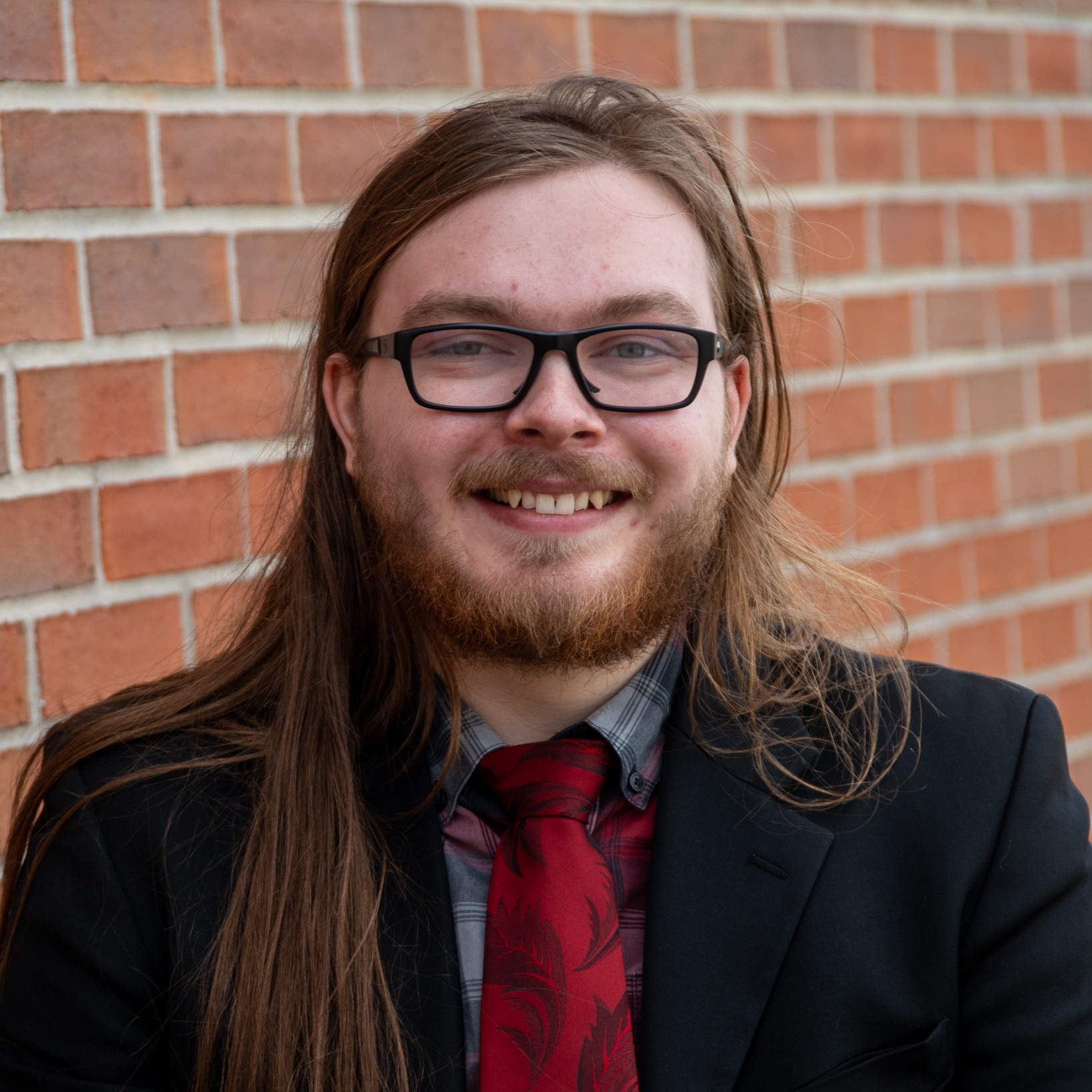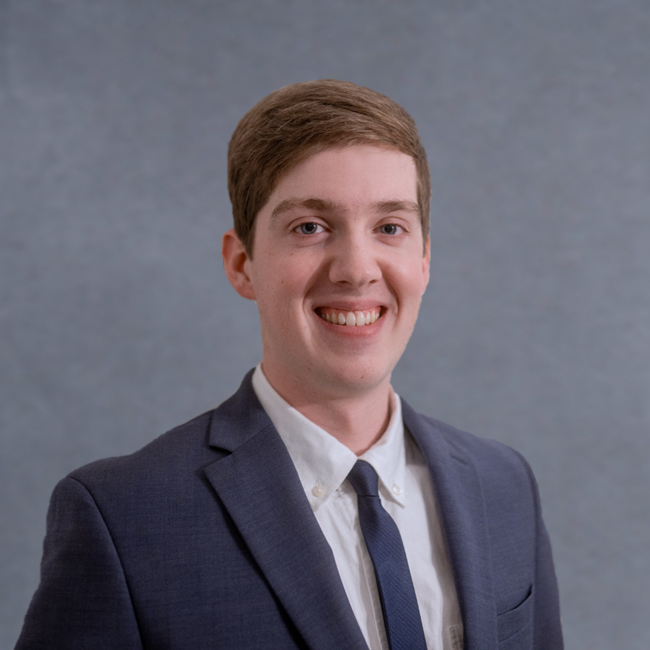People
The members of the CMML research group
Matthew W. Priddy, Ph.D.
Dr. Matthew W. Priddy is an Associate Professor in the Department of Mechanical Engineering at Mississippi State University (MSU) and is the director of the Computational Mechanics & Materials Laboratory (CMML) research group.
Education
Ph.D. in Mechanical Engineering from Georgia Institute of Technology (2016)
M.S. In Civil Engineering from Mississippi State University (2010)
B.S. in Civil Engineering from Mississippi State University (2008)
MSU Affiliations
Additive Manufacturing Technical Lead at
Center for Advanced Vehicular Systems (CAVS)
Thrust Leader at
Marvin B. Dow Advanced Composites Institute (ACI)
Contact Information
Email:
mwpriddy@me.msstate.edu
Phone: (662) 325-7322
Office: 203 Carpenter Hall
Twitter:
@mwpriddy
LinkedIn:
Matthew Priddy

Mentoring Style
One of the primary reasons I sought out a career in academia was the opportunity to work with and mentor students. As a research advisor, I am here to challenge the students while also providing them with a nurturing environment for learning and growth. I have been extremely lucky so far in that I have recruited and retained some exceptional students (you can find their bios here) that have helped create/maintain this environment. A big focus of mine is translatable skills, so students can pivot if they become interested in another field or sector after graduation. I also believe in collaborative research, so I ask my students to work together on supplementary efforts to share knowledge and grow their skillset. In doing so, the student hopefully gain a complete perspective of what it takes to be successful in a career in research, which is ultimately the goal of academia: to train the future workforce.
Research Areas
Previous research experience and current research interests include the following areas:
Thermo-mechanical finite element (FE) modeling is a focus for additive manufacturing (AM) and understanding the role of the thermal history as it pertains to the resultant mechanical response of an additively manufactured component.
Structure-property modeling is used in an effort to extract high-level knowledge from experimental or computational datasets in an effort to connect microstructure-level information (e.g., grain size, morphology, texture) to macroscopic properties (e.g., yield strength and ductility).
The inductive design exploration method (IDEM) is a type of optimization modeling that instead seeks out robust solutions utilizing the top-down or performance-driven approach for materials and engineering applications.
Materials of Interest
Metallic Systems including Ti-6Al-4V, Inconel 718, 250 maraging steel, 316 stainless steel, and magnesium alloys
Intermetallics including Mo-Si-B alloys
Geomaterials such as cementitious materials like ultra-high performance concrete (UHPC)
Post-Doctoral Researchers

Logan Betts, Ph.D.
Ph.D. in Mechanical Engineering, Mississippi State University
jlb1875@msstate.edu
Disseration Title: Advancing digital twins of wire arc-DED through process control with a multi-modal sensor array
On-Campus Ph.D. Students
David Failla
Ph.D. Candidate in Mechanical Engineering
dpf39@msstate.edu
Hometown: Picayune, MS
Research Topic: Computational Modeling of Additive Manufacturing Parts and Processes
Why did you choose this research field/discipline for graduate research? During my undergraduate in mechanical engineering, I had the opportunity to co-op with a company in R&D. During my tenure, I was exposed to several problems that required an understanding of how microstructures evolve under varying mechanical, thermal, and even chemical loads. As an undergraduate preparing for industry, we learn how to design parts with safety factors to prevent failure. However, I became too curious and chose to pursue mechanical engineering in graduate school to learn why parts fail to reduce the need for a safety factor.
What do you want to do with the PhD when you complete your degree? I aim to use the skills I acquire from my PhD with the Engineering Research Development Center in Vicksburg, MS to help develop protective equipment for our nation's bravest. My experience with computational modeling and associated skill sets will help to develop more efficient equipment, while also finding ways to use new materials to push the envelope of what we can currently do.
What is your favorite restaurant in Starkville? Andaman Thai


Matthew Register
Ph.D. Student in Mechanical Engineering
mr1751@msstate.edu
Hometown: Vicksburg, MS
Research Topic: Finite Element Analysis of Additive Manufaturing Processes
Why did you choose this research field/discipline for graduate research? I was involved in research as an undergrad. During that time, I realized how effective the use of finite element analysis is for a broad range of applications such as design optimization, stress-strain analysis, weight reduction, and much more. After realizing the potential of the field, I chose finite element modeling as my research field of interest for graduate school.
What do you want to do with the PhD when you complete your degree? I would like to work for national lab applying the finite element method to complex additive manufacturing problems in order to find effective solutions while saving experimental time and money.
What is your favorite restaurant in Starkville? Uno Mas
Clark Hensley
Ph.D. Student in Computer Science
ch3136@msstate.edu
Hometown: Clinton, MS
Research Topic: Real-Time Sensing, Processing, and Analysis of the Wire-Arc DED Process.
Why did you choose this research field/disciple for graduate research? I've always had an interest in materials science. With this research, I'm able to combine that interest with my passion for Computer Science and to apply Computer Science in real-world, high-performance scenarios.
What do you want to do with the PhD when you complete your degree? I want to extend my research into further applications of real-time sensing and analytics.
What is your favorite restaurant in Starkville? Thai Siam


Charlotte Thompson
Ph.D. Student in Mechanical Engineering
cat642@msstate.edu
Hometown: Pensacola, FL
Research Topic: In-Situ Analysis and Process Optimization of Wire Arc Directed Energy Deposition
Why did you choose this research field/disciple for graduate research? My undergraduate experiences in developing and applying additive manufacturing technologies fascinated me with their flexibility and potential, this led me to pursue graduate research in wire arc additive manufacturing to expand its capabilities and drive its adoption.
What do you want to do with the PhD when you complete your degree? I would like to work in a research laboratory, where I can develop and utilize wire arc additive manufacturing to address emerging real-world challenges, push the adoption of this technology, and contribute to the development of robust AM systems for large-scale manufacturing.
What is your favorite restaurant in Starkville? The Little Dooey
On-Campus M.S. Students
Ally Cummings
M.S. Student in Mechanical Engineering
kac911@msstate.edu
Hometown: Collierville, TN
Research Topic: Finite Element Analysis of Wire-Arc Directed Energy Deposition
Why did you choose this research field/disciple for graduate research? When I was exploring my options for grad school, I was looking to expand my knowledge of other engineering disciplines. FEA is an exciting and challenging field that requires a variety of skills. Since I studied biomedical engineering during undergrad, I’m excited to immerse myself in a different area of engineering that is widely applicable.
What do you want to do with the MS when you complete your degree? I hope to work in academia where I can teach and mentor students.
What is your favorite restaurant in Starkville? Thai Siam


Reid Schaff
M.S. Student in Mechanical Engineering
rbs285@msstate.edu
Hometown: Houston, TX
Research Topic: In-Situ Analysis of Wire Arc Directed Energy Deposition
Why did you choose this research field/disciple for graduate research? After being involved in the additive manufacturing lab CAVS as an undergrad, I was able to be exposed to the different technologies we focus on here. I enjoyed working with the Wire Arc Additive Manufactuing technologies and with my master's degree, I hope to continue taking this technology to the next level
What do you want to do with the MS when you complete your degree? My goal is to go into the automotive industry and use my talents and skills to develop high-performance automotive parts using various additive manufacturing technologies.
What is your favorite restaurant in Starkville? Oby's
Distance Ph.D. Students
Dam Kim
Ph.D. Student in Mechanical Engineering
dk1022@msstate.edu
Hometown: Erie, PA
Research Topic: Magnesium-based biomedical Stents Degradation Model Study
Why did you choose this research field/discipline for graduate research? While I am working for the current company, I am getting a desire to study further about FEA area. I felt getting a terminal degree would be beneficial to my engineering career.
Where do you work now and how does this research potential advance your career or change that outlook? Currently I am working for Composiflex, Inc. Our company produces composite products for medical and aerospace companies. While I am working, I realize that finite element analysis skill is essential to the industry. Also, having FEA skill would help me to advance higher in my career.

CMML Alumni
Adam Vitale, Ph.D.
Degree Earned: Post-Doctoral Researcher in CMML (Ph.D. in Materials Science and Engineering from the Georgia Institute of Technology)
Where Are They Now: Micron Technology
Matthew Dantin, Ph.D.
Degree Earned: Ph.D. in Mechanical Engineering
Dissertation Title: Thermomechanical modeling predictions of the directed energy deposition process using a dislocation mechanics based internal state variable model
Where Are They Now: Naval Surface Warfare Center - Carderock Division
Sarajane Hill, Ph.D.
Degree Earned: Ph.D. in Mechanical Engineering
Dissertation Title: Thermal experimentation of PA6 and PA66 thermoplastic through transmission laser welding
Where Are They Now: Robert Morris University
Naoufal Harich, Ph.D.
Degree Earned: Ph.D. in Mechanical Engineering
Dissertation Title: Effects of alternative jet fuels on aerospace grade composites: experimental and modeling studies
Where Are They Now: Mississippi State University
Ryan Stokes, Ph.D.
Degree Earned: Ph.D. in Mechanical Engineering
Dissertation Title: An open-source digital twin of the wire arc directed energy deposition process for interpass temperature regulation
Where Are They Now: Naval Surface Warfare Center - Carderock Division
Frank Brinkley
Degree Earned: M.S. in Mechanical Engineering
Thesis Title: The Temperature Dependent Mechanical Response of M250 Maraging Steel and its Implications on Wire Arc Additive Manufacturing
Where Are They Now: Oak Ridge National Laboratory
William Furr
Degree Earned: M.S. in Mechanical Engineering
Thesis Title: A modular open-source pre-processing tool for finite element simulations of additive manufacturing processes
Where Are They Now: Engineering Research and Development Center
Emily McCabe
Degree Earned: M.S. in Mechanical Engineering
Thesis Title: Evaluation of the effects of rotational speed on microstructural and mechanical properties of additive friction stir deposited aluminum 6061
Where Are They Now: Vanderbilt University
Brad Sampson
Degree Earned: M.S. in Mechanical Engineering
Thesis Title: Mechanical Characterization of Functionally Graded M300 Maraging Steel Cellular Structures
Where Are They Now: Oak Ridge National Laboratory
Haley McNeal
Degree Earned: M.S. in Mechanical Engineering
Thesis Title: Process Parameter Optimization of M300 Maraging Steel and Mechanical Characterization of Uniformly and Selectively Scaled M300 Cellular Structures
Where Are They Now: Engineering Research and Development Center
Caitlin Luke
Degree Earned: M.S. in Mechanical Engineering
Thesis Title: Residual Stress Predictions in L-PBF TI-6AL-4V NIST Bridges using FEM
Where Are They Now: Medtronic
Patrick Camacho
Degree Earned: M.S. in Mechanical Engineering
Where Are They Now: Engineering Research and Development Center
CJ Nguyen
Degree Earned: M.S. in Computer Science

